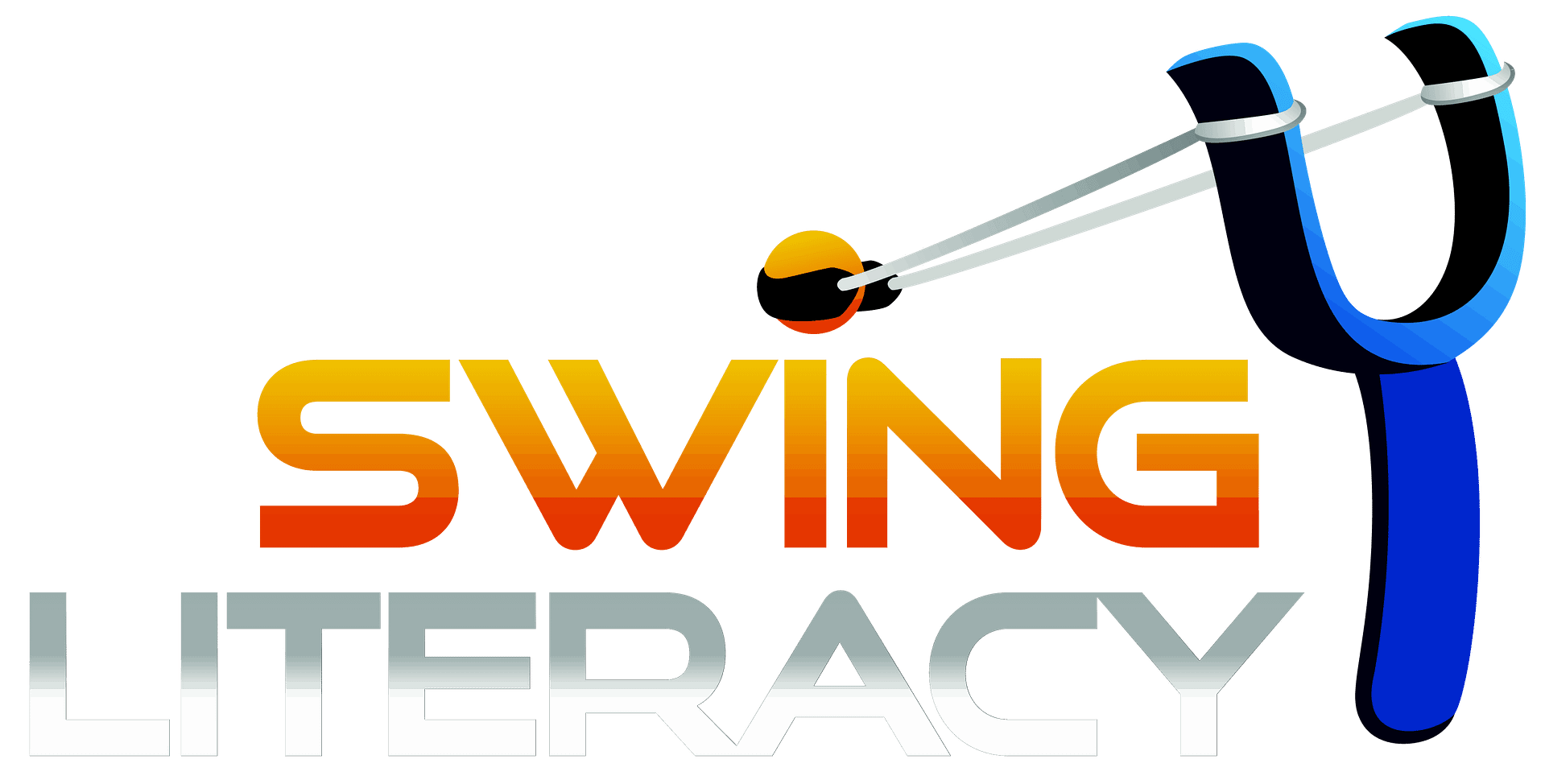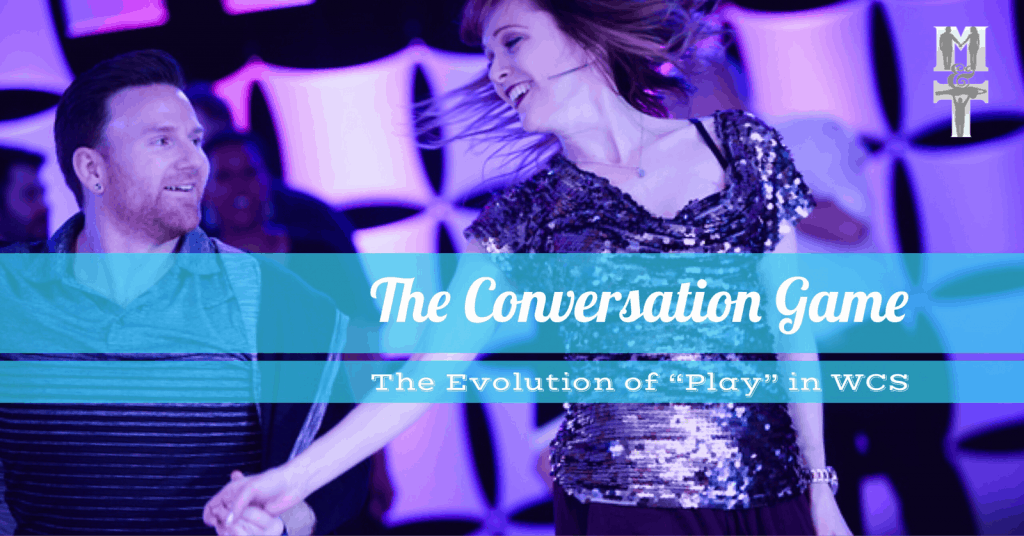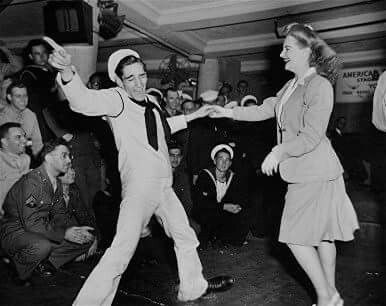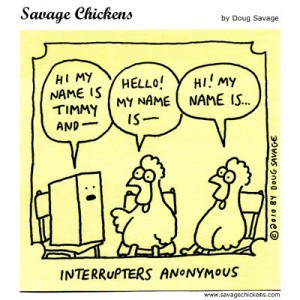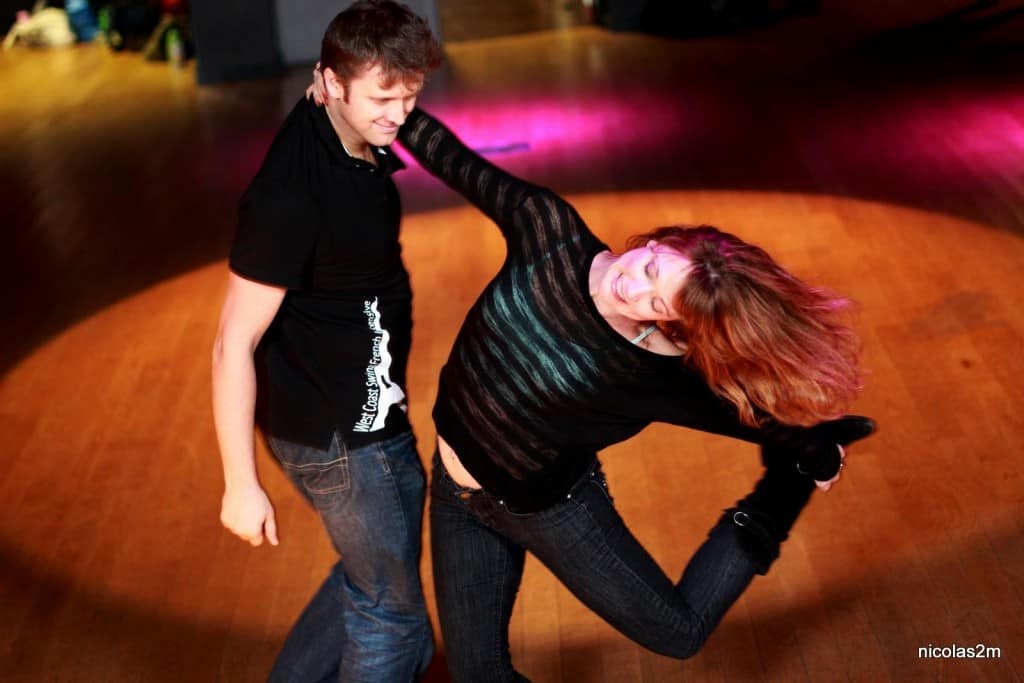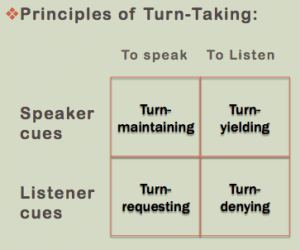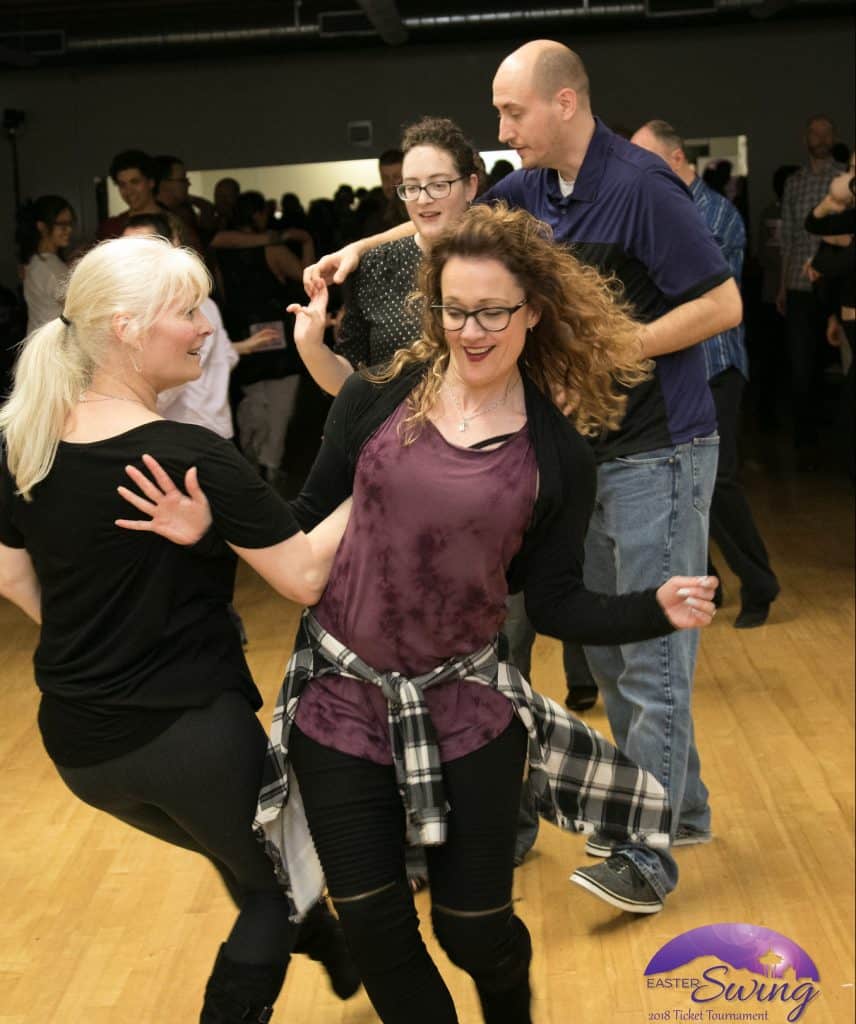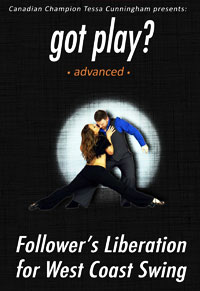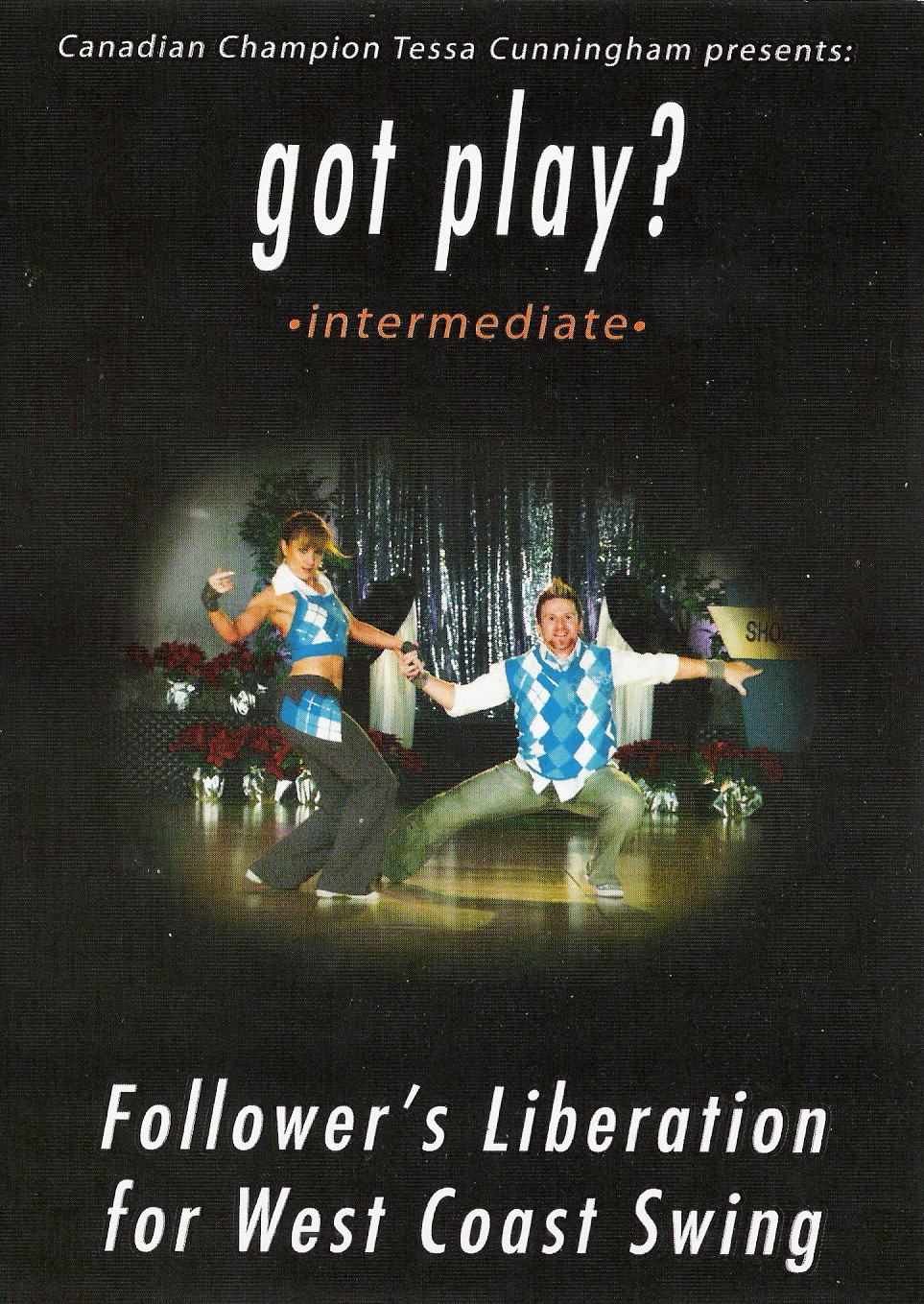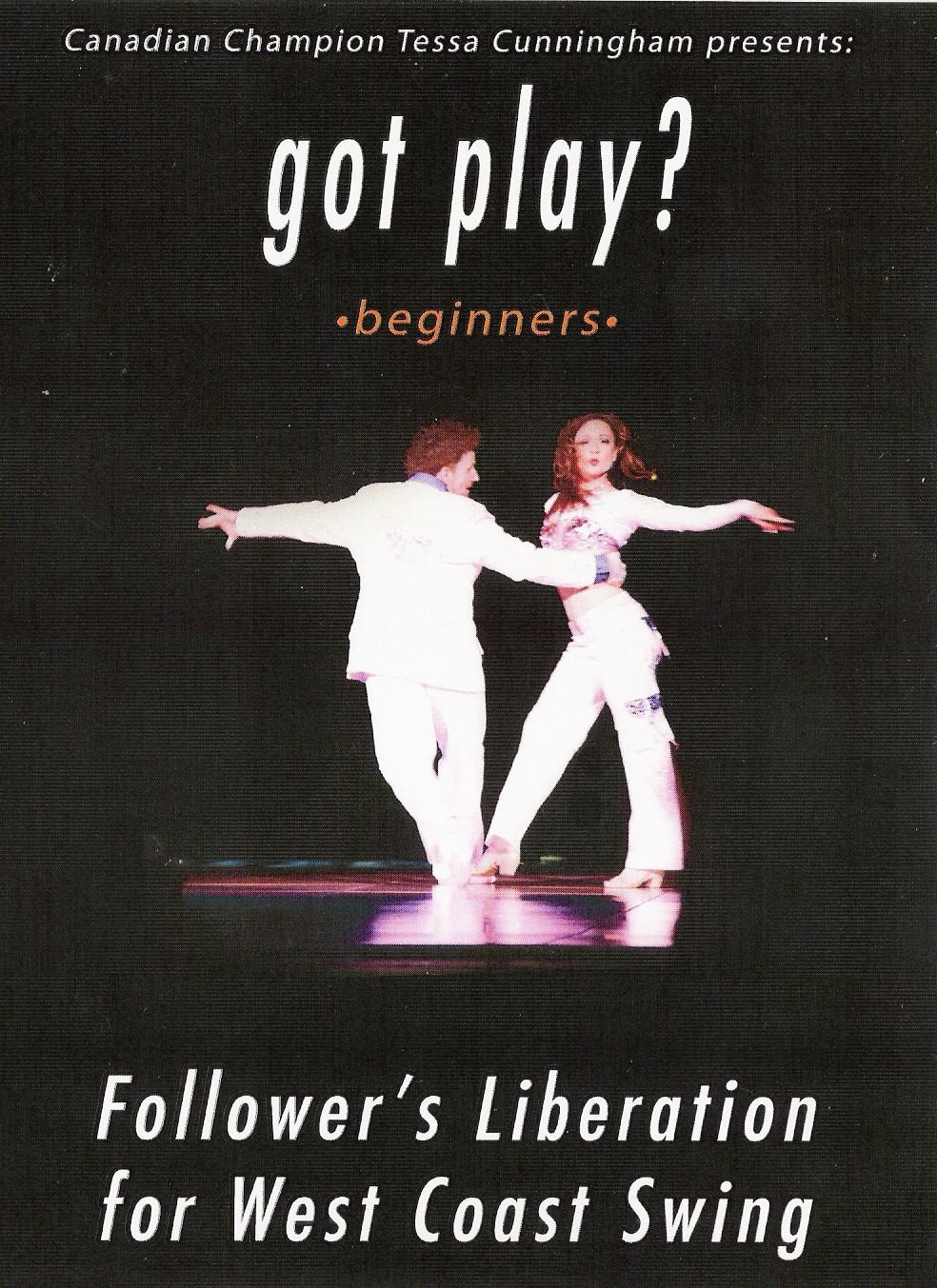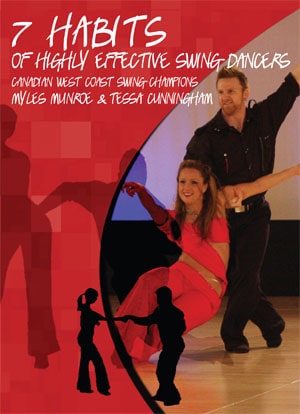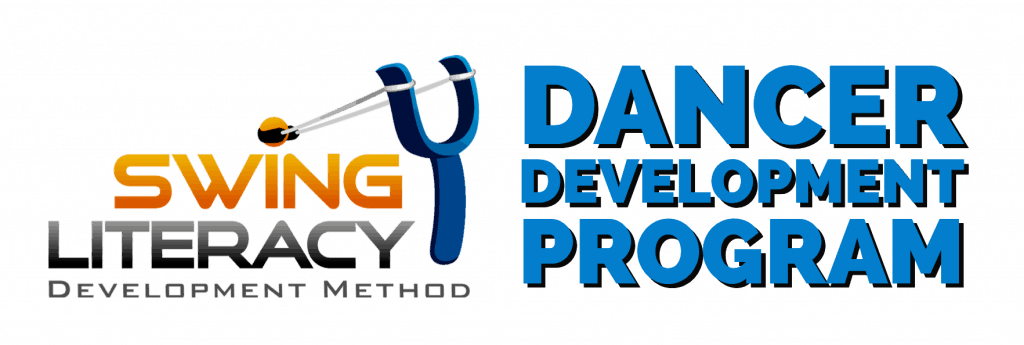No products in the cart.
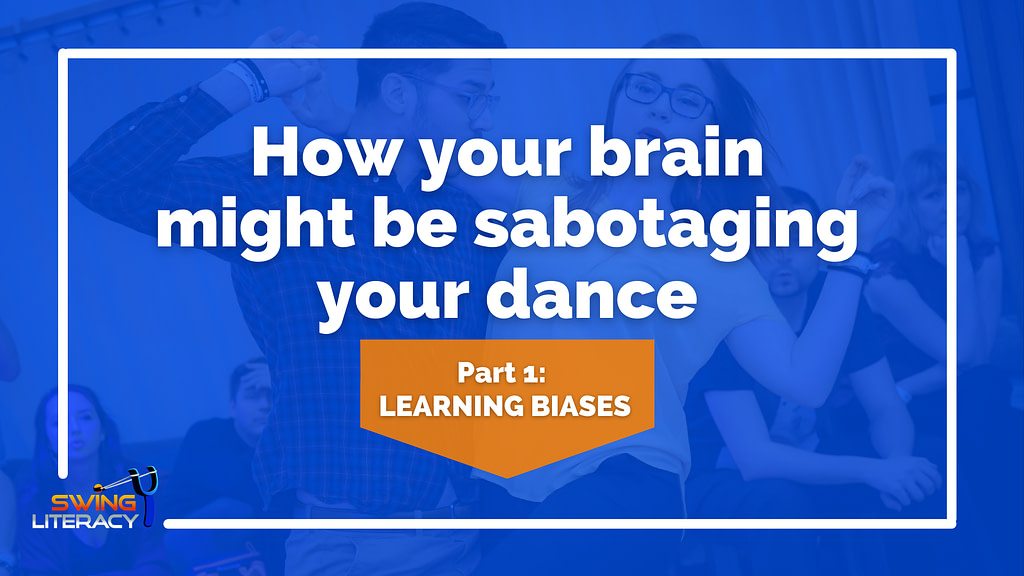
How your brain might be sabotaging your dance
Reading Time: minutes remaining
How is your brain sabotaging your dance progress.?
There are many aspects to The Mental Game of dancing - here's just one: cognitive biases.
A cognitive bias is a systematic error in thinking that occurs when people are processing and interpreting information.
A learning bias is a pre-determined assumption or mindset that creates interference in your learning process. These biases often hold you back from progressing and/or enjoying your dance.
This article, taken directly from the Swing Literacy Dancer Development Program, addresses the most common learning biases in West Coast Swing.
There's little doubt that everyone is affected by one or more of these biases. it's just a matter of figuring out which one and how, being more aware when it's happening, and developing tools to overcome it.
Pattern Bias
Because dance is traditionally taught in sequences of steps (tasks), instead of in skill progressions, the vast majority of dancers have developed a "Pattern Bias". They use patterns, counts, and steps to interpret what they do with their bodies and what they observe others do.
As a dancer, you very likely unintentionally adopted this bias, so in order to access deeper learning, you need work to release this bias and begin to see movement in other ways, such as mechanical elements and developmental phases.

Here is an example. The question is "How would you briefly describe a sugar push?" Here are two answers, both with and without a pattern-bias:
Pattern-Biased Answer | Non-Pattern-Biased Answer |
|---|---|
The leader steps backward on counts 1 and 2, does a press-step behind on count 3 and begins compression, replaces weight on count 3&, walks forward and releases compression on count 4, triples on the spot for 5&6. | Over the course of 6 counts, the leader slingshots the follower inward, then uses 2 hands to absorb and redirect the follower back where they came from. |
Notice that the non-biased answer never mentions steps or counts. It simply describes the mechanical and trajectory goals, the tools (body parts) available, and vaguely mentions key technique principles that are at play. Even though neither answer explains the follower's role, the pattern-biased answer often doesn't even acknowledge the cause and effect on the follower.
Your pattern bias will show up as you feel compelled to ask questions about where you should put your feet, what count to do the move on, or what to do if your partner doesn't do the pattern right.
Remember, not all dance learning or practice has to do with pattern context, and there is a LOT of advantage to be gained from learning dance skills outside of their pattern context.

Try This
Describe each of your basic patterns without a pattern bias.
Application Bias
The way that most dancing has traditionally been taught has been choreography-based (pattern-based) instead of skills-based. This means that you are used to the final product of any lesson or class being a combo or or pattern.
It also means that you are used to being taught only movements that are directly applicable to realistic WCS dancing. Which means that as you are consuming any kind of instruction, there is a constant din of a question in the back of your mind, "where would this fit into my dance?". This is called Application Bias.
This application bias assumes that something is only worth learning if it is directly applicable to a real-dance situation.
Contrary to traditional method, Swing Literacy prioritizes skills over choreography, which means that the final product of any learning experience is not dependent on a pattern or figure.
Instead, we treat a class or workshop more like a sports practice: focused on developing skills with appropriate progressions and scaffolding exercises and drills to help students understand, automate, apply, and analyze these skills so they can apply them to any pattern.
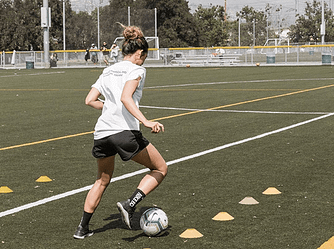
So the question that Swing Literacy students have in the back of their mind is, "How can I master this so I can use it anywhere?" This produces dancers who are more fluent, versatile, adaptable, and resilient under pressure.
Anchor Bias
When it comes to learning, whatever you were taught first will likely have a stronger claim in your mind, "anchoring" you to be loyal to it. (Or sometimes, it's more like "long-exposure bias": you are more prone to protecting information you have been taught for a long time.)
When you allow this bias, it's harder for new information to break through unless that new information is more motivating to consider, fills in a gap in knowledge that was missing, or comes from a more reputable source than the original. This bias might be weighing you down like an anchor, keeping you stuck or stagnating in your progress.
You might experience this bias when you attend any workshop where the teacher is explaining a technique and you think to yourself "that's not what I was taught" and reflexively reject the new information.
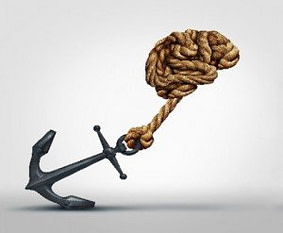
What you might not realize is that this is the first of many teachers who will be adding to you your total knowledge base, so this "first exposure" knowledge needs to move over and share the spotlight so you can keep an open mind and entertain new ideas - maybe one of them will help you get unstuck.
Echo Chamber Bias
This bias is very similar to the First Exposure bias, except that you are hearing the advice from several friends who heard it from the same source. Its frequency magnifies the message and gives you the illusion of validity, regardless of its actual validity or quality.
This can also be a problem if the friends misinterpreted legitimate advice from the original source, and now are spreading misinformation. Like gossip, if it sounds way off base, give the teacher the benefit of the doubt - be sure to go directly to the source to clarify rather than making biased judgements about that teacher.
It's important to always apply a critical-thinking filter to everything you hear (the same way you do on the internet!), regardless of the source or how frequently you hear it.
You can disrupt the effect of this bias by striving to experience a variety of instruction so you can hear multiple perspectives, analogies, and explanations of advice from both new and familiar sources. Then when you hear something that seems to make more sense than what you heard before, pass it on to your friends!
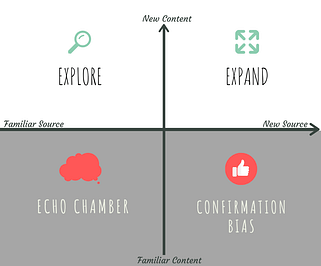
Completion Bias
Your brain needs to hear information presented in different ways, with different examples, from different teachers, while you are in different moods, multiple times in order for it to sink in.
Even if you listened carefully the first time in the workshop:
- It doesn't mean that your body actually got it
- It doesn't mean the teacher explained all there is to know about it
- It doesn't mean that you retained all the details
- It doesn't mean you understand the "why" and the "how"
Skills are not something you can check off a list once you've heard them explained in a workshop. Hearing and understanding is not the same as learning.
Completion bias is treating instruction like a reading list: once you've heard it once, you consider it "complete" and are not interested in hearing it again. "If it's not new, I don't need it".
Another example of completion bias is a dancer who gets upset when they are denied from advancing to the next level class because they've "already been dancing long enough they've earned it". In their mind, they have "completed" their lower level classes (sometimes several times), and have nothing left to learn in them.

This is not how learning dance works. Or any art or sport for that matter. In order to progress, you need to release any need to "complete a checklist" and instead take on a mastery mindset of an endless improvement spiral. So buckle up and learn to love the fact that there are so many repeat opportunities to get reminders and new perspectives on the skills you want to master!
The Dunning-Kreuger Effect
The Dunning-Krueger Effect: when a person's lack of knowledge and skills in a certain area cause them to overestimate their own competence.
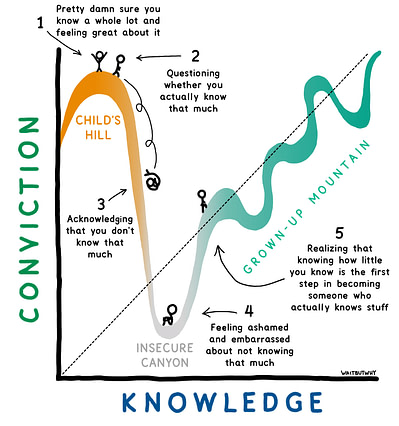
When you are in the early stages of learning WCS (first few years), once you get past that initial rookie phase and start to feel like your brain doesn't need to think as hard in order to enjoy each dance, this tends to give you an inflated sense of competence.
Since you are no longer struggling as you were in the rookie phase, you might interpret this "ease" as "proficiency", when they are not the same thing: It's very possible for skills to feel easier as you get used to them, but this is not an indication that you are actually doing the skills correctly, or even completely.
The danger of this is that it might fool you into thinking that you "don't need to learn more" about a skill. This causes you to stop learning, which stunts your growth and prevents you from being able to build higher level skills that require those fundamentals as pre-requisites.
The much healthier approach for long term learning is to embrace the idea that while gaining confidence early is an advantage, it is not the end of the learning - just the beginning. So #alwayskeeplearning and embrace struggle as a healthy and normal part of the learning journey, because the real and lasting results are on the other side of it.

Point to ponder
Which biases can you relate to? When do you notice them acting up?
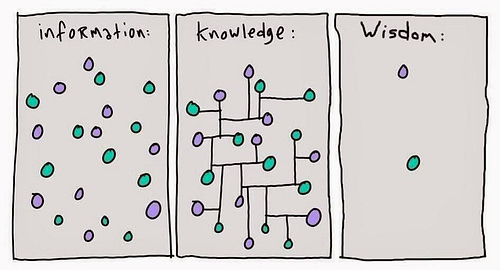
This article is an except of Module 1 of the Swing Literacy Dancer Development Program. In the program, it is followed up by all the juicy details on exactly how to hack your brain to overcome each of these biases with thorough and practical applications to all West Coast Swing skills for all levels.
Know some people in your dance community who could use this? Pass it on!
Got any suggestions of things to say that worked for you? Leave a comment below!
